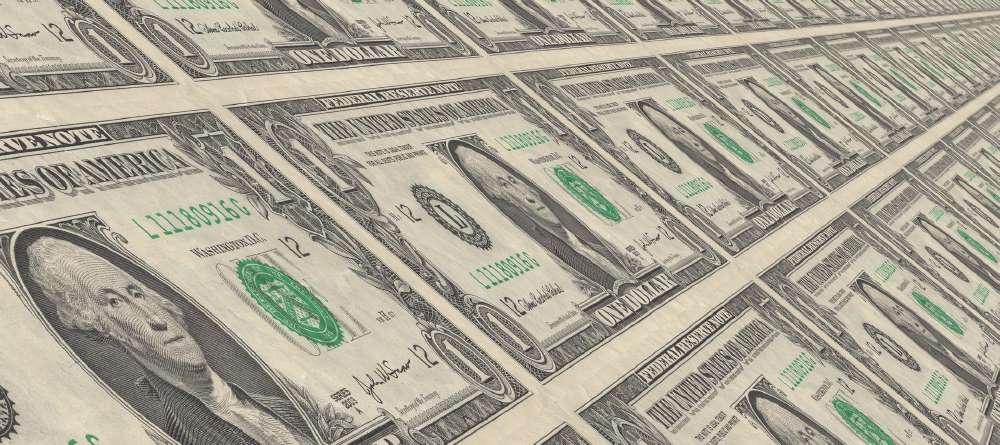The EUR/USD stabilizes to an intraday high of 1.1249 before falling sharply back toward the 1.12 handle. The pair was stabilized around 1.1208, advancing 0.1 percent. The EUR/USD faces initial support at 1.1127. A break below that level would lead to 1.1057. On the upside, resistance is ascending from 1.1324.
In economic data, German inflation showed signs of recovery in February after prices fell for the first time since 2009, a sign Europe’s largest economy was gradually regaining its footing amid rebounding oil prices.
Germany’s consumer price index rose at an annualized rate of 0.1 percent in February after plunging 0.4 percent at the start of the year, preliminary estimates revealed on Friday. However, the country’s harmonized index of consumer spending – the gauge used by the European Central Bank – remained in negative territory, declining 0.1 percent annually. The harmonized index had fallen at an annual rate of 0.5 percent in January.
Friday’s figures offer little hope that the broader euro area, comprising of 19 states including Germany, could avoid falling into a vicious cycle of deflation. Eurozone consumer prices fell 0.6 percent annually in January, the European Commission confirmed earlier this week, edging further away from the ECB’s target of just below 2 percent.
Plunging oil prices have squashed inflationary pressures throughout the advanced industrialized world, including the United States, which posted an annual inflation rate of -0.1 percent in January. That was the first time since October 2009 inflation had declined.
On Friday the Commerce Department said the US economy slowed more than initially estimated in the fourth quarter, stemming from a wider trade deficit and smaller inventory buildup. Gross domestic product expanded 2.2 percent annually in the fourth quarter, down from the “advance” estimate of 2.6 percent. However, the data set pointed to sustained growth in consumer spending, offering hope that the fourth quarter slowdown was only temporary.
Separately, US consumer confidence slipped in February, but remained close to January’s 11-year high. The Thomson Reuters/University of Michigan consumer sentiment index eased to 95.4 in February from 98.1 the previous month.
Rounding out Friday’s data releases was a housing report from the National Association of Realtors. Pending home sales, a forward looking indicator of US home sales, increased 1.7 percent in January to the highest level since August 2013, then EUR/USD stabilizes. The NAR expects existing home sales to reach a total of 5.26 million this year, up 6.4 percent from 2014.
